Before Tesla existed, enthusiasts were doing conversions on a variety of cars to turn them to an all-electric drivetrain. Most of these used traction motors that you'd find in fork trucks on under railway rolling stock.

There are a couple of limitations with these motors. As other comments have noted, all motors need to have a current that rotates relative to one of its components, the armature, which in the case of a DC motor is the rotor, and this is achieved by the commutator - the cylindrical copper component on the left end.

The brushes (made of a carbon and metallic composite) that run on the commutator are subject to wear, and would require replacement, probably several times during the life of a typical vehicle, so this is the first disadvantage.
The construction of the armature, and especially the commutator poses a maximum speed limit on the motor, before you risk the assembly bursting - windings or commutator bars flying out, which is fairly catastrophic, since it'll destroy pretty much all of the motor. Since the maximum torque you can get out of a motor is dictated by the rotor volume, and the flux density you can achieve, the way to get maximum power out of a given size of motor is to run it as fast as it will physically tolerate. BLDC motors, which have no windings on the rotor, can be made to run at much higher speeds. The windings on induction motor rotors are usually a squirrel cage made from bars either cast through the laminations or fabricated from rods, and again can be made to tolerate high speeds.
That leads to the inevitable issue with higher power density - the need to cool the motor. Since BLDC and induction motors have the windings on the stator (this is now the armature, since it is fed by currents alternating in a fashion to produce a rotating field), it'a far easier to fluid cool this - commutator motors are mostly air cooled, though a few low voltage types can run with the rotor submerged in non-conducting fluids - though generally at low speeds.
Overall, given the weight incentive to have higher power density, and the need for lowering maintenance, DC motors are not a good choice for EVs.

